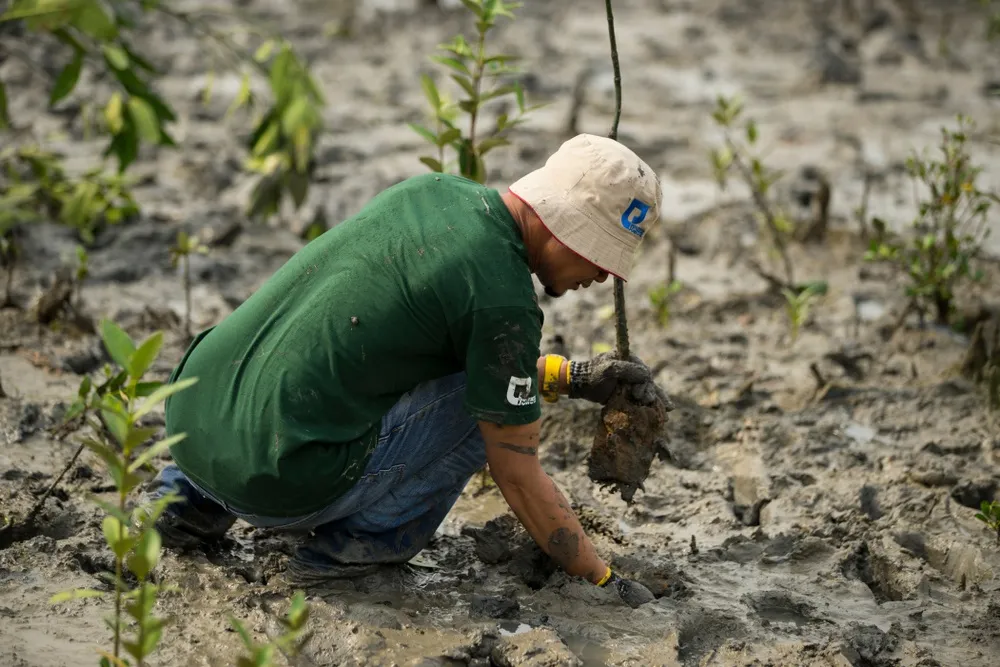
What is Carbon Negative?
The escalating urgency of climate change has placed a spotlight on the terms “carbon neutral” and “carbon negative”.

In an era defined by environmental concerns, the necessity of transitioning from plastic to renewable materials has never been more urgent. Plastics, for all their convenience and utility, have proven to be a double-edged sword, with their environmental impacts being increasingly worrisome. However, we’re beginning to witness a revolutionary shift away from this synthetic convenience and towards a more sustainable future led by renewable materials. This article explores this transformative journey.
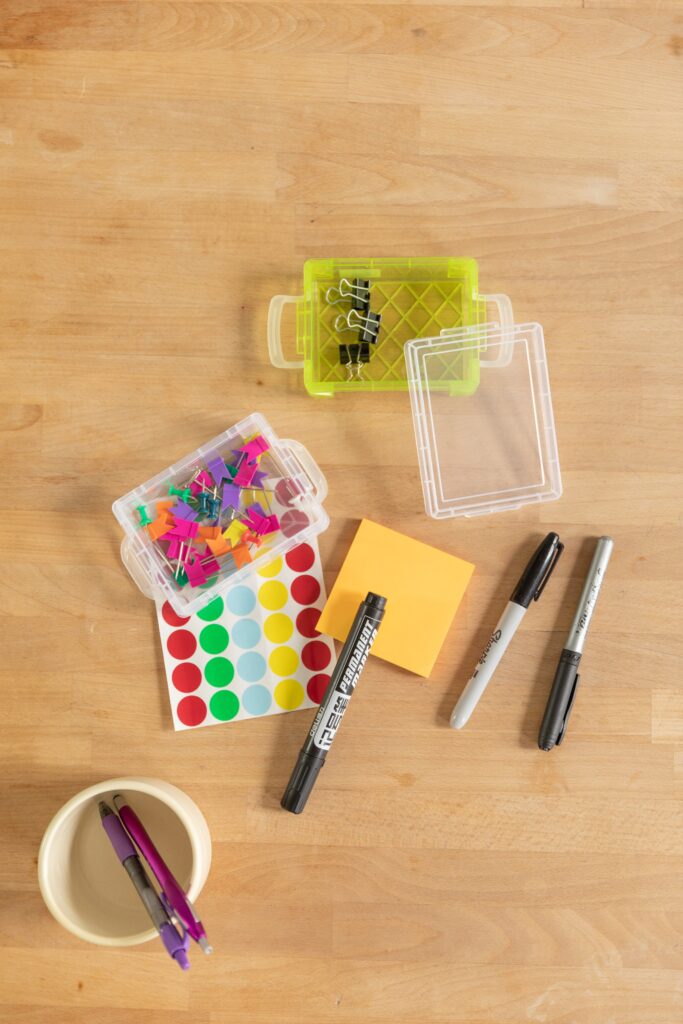
Plastic’s reign began in the early 20th century, revolutionizing industries and consumers’ lives with its flexibility, durability, and low cost. Products ranging from packaging, clothing, and automotive parts, to electronic devices – virtually every industry found a use for it. Unfortunately, its longevity – a selling point when introduced – is also its biggest environmental flaw. Many plastics take hundreds, if not thousands, of years to degrade, leading to an accumulation of plastic waste in our environment.
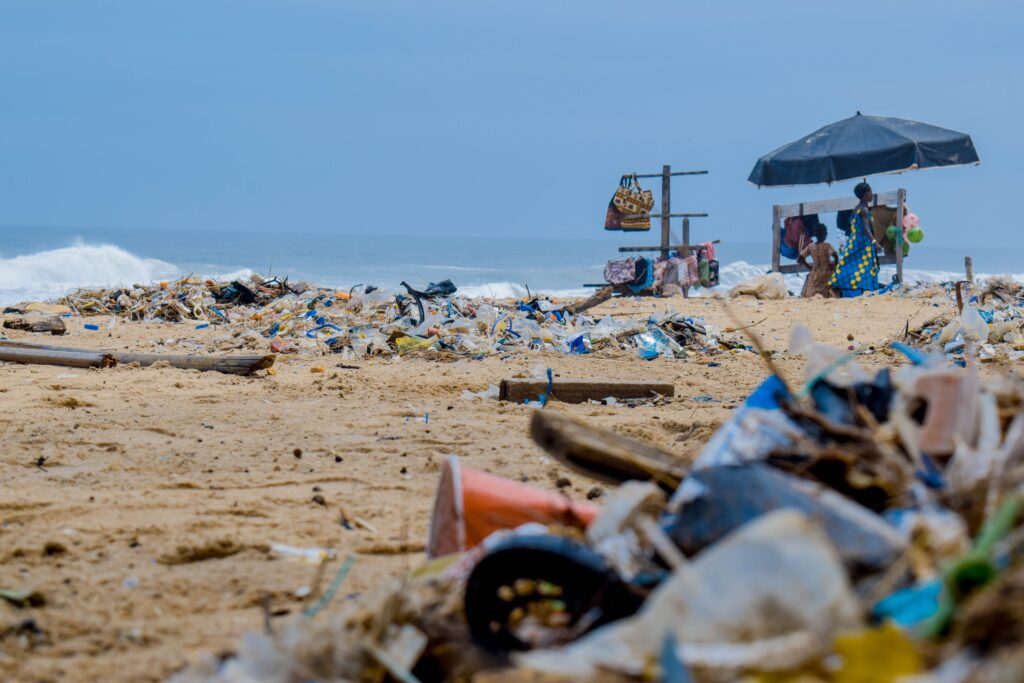
Worldwide, approximately 300 million tons of plastic are produced annually, with only a small fraction recycled effectively. The rest end up in landfills, oceans, and other parts of the environment, causing significant harm to ecosystems and biodiversity. Plastic waste has become a global crisis, prompting a search for alternatives.
Enter the era of renewable materials – materials that can be grown, replenished, or are biodegradable, offering a sustainable and environmentally friendly alternative to plastics. These include bio-plastics made from corn, wheat or sugarcane, bamboo, mushroom mycelium, and even algae.
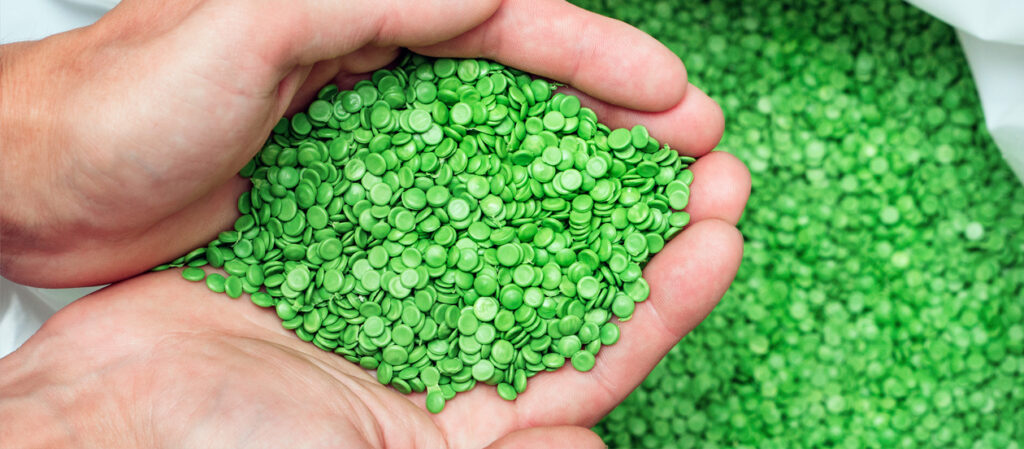
Bio-plastics, in particular, have gained significant traction. Made from organic materials such as cornstarch or polylactic acid (PLA), they offer similar properties to conventional plastic but with a reduced environmental footprint. They are designed to degrade over time, breaking down into natural elements and reducing persistent waste.
However, it’s important to note that not all bio-plastics are created equal. Some require specific conditions to degrade properly, and others may still release harmful gases when broken down. Nonetheless, their development is a step in the right direction and demonstrates the potential of renewable materials.

Bamboo, a fast-growing plant, offers another promising alternative. This renewable resource can be converted into a variety of products, from furniture to packaging, and even clothing. Unlike plastic, bamboo is fully biodegradable and compostable. Moreover, its cultivation absorbs carbon dioxide, contributing positively to the fight against climate change.

Mushroom mycelium and algae are other innovative renewable materials garnering attention. Mushroom mycelium can be grown into specific forms and densities, creating natural packaging, insulation, and even building materials. Algae, on the other hand, can be processed into biodegradable films and containers.
While these renewable materials are promising, several challenges must be overcome to achieve a comprehensive transition away from plastics. These include cost, production scalability, and consumer acceptance. For instance, products made from renewable materials often come with a higher price tag due to the costs of research, development, and production. Achieving scale in production is another hurdle, as the current plastic production infrastructure is vast and deeply embedded in our industrial systems. Lastly, consumer acceptance and understanding are critical for the success of these materials.
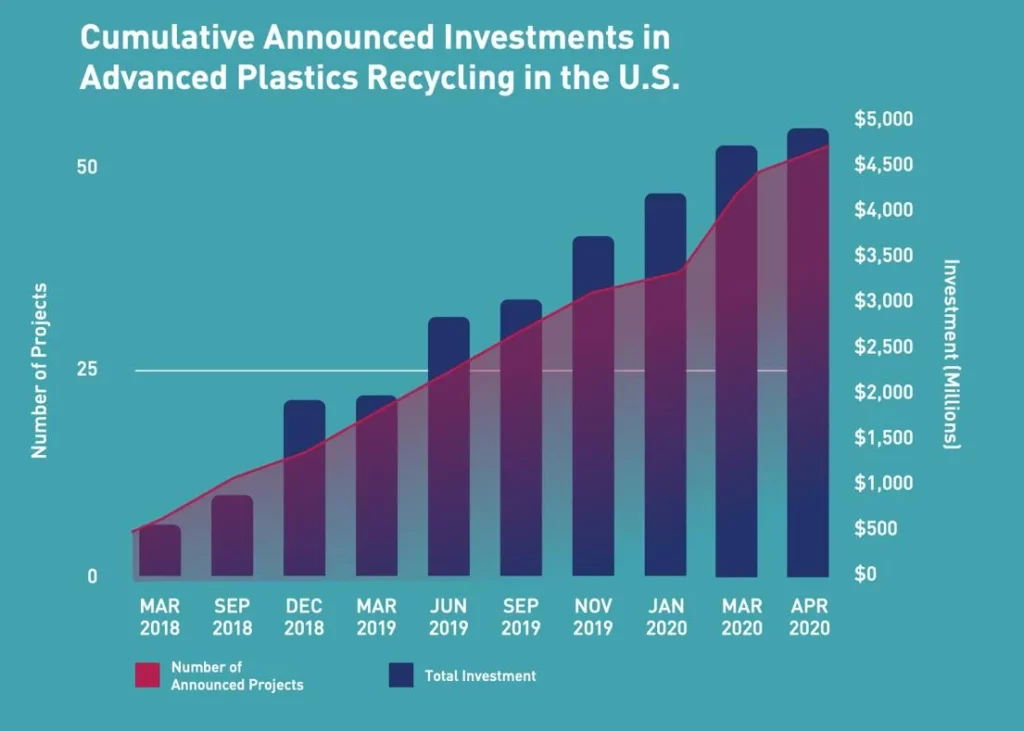
Despite these challenges, the journey from plastic to renewable materials is gaining momentum, fueled by growing environmental awareness and technological advancements. Companies, governments, and consumers are recognizing the pressing need for change and are increasingly investing in renewable alternatives to mitigate the detrimental impacts of plastic pollution.
In conclusion, the transition from plastic to renewable materials is not just a possibility—it’s an imperative. The journey may be complex and filled with challenges, but with continued innovation, collaboration, and commitment, a sustainable, plastic-free future is within reach.

The escalating urgency of climate change has placed a spotlight on the terms “carbon neutral” and “carbon negative”.
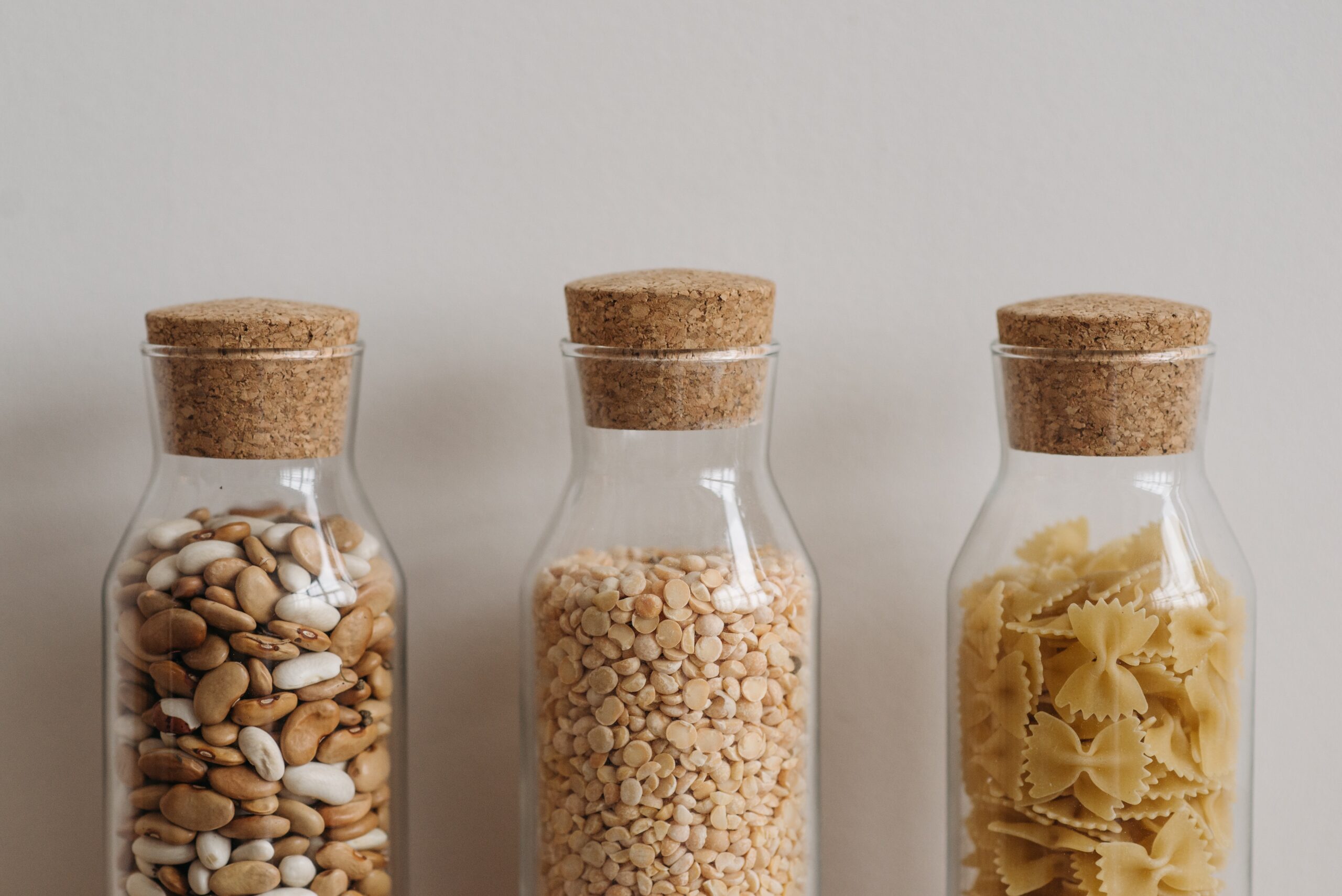
In the quest for a more sustainable and healthy lifestyle, the materials we choose to use play a vital role. Ranging from the towering bamboo groves of Asia to the versatile hemp plants, nature presents us with a plethora of eco-friendly and safe alternatives. These materials, including bamboo, cork, hemp, recycled metal, and natural wool, not only help us tread lightly on the planet but also ensure our health and wellbeing. By making conscious choices, we can contribute to a greener world, shaping a future where we coexist harmoniously with nature, preserving its vitality for generations yet to come.